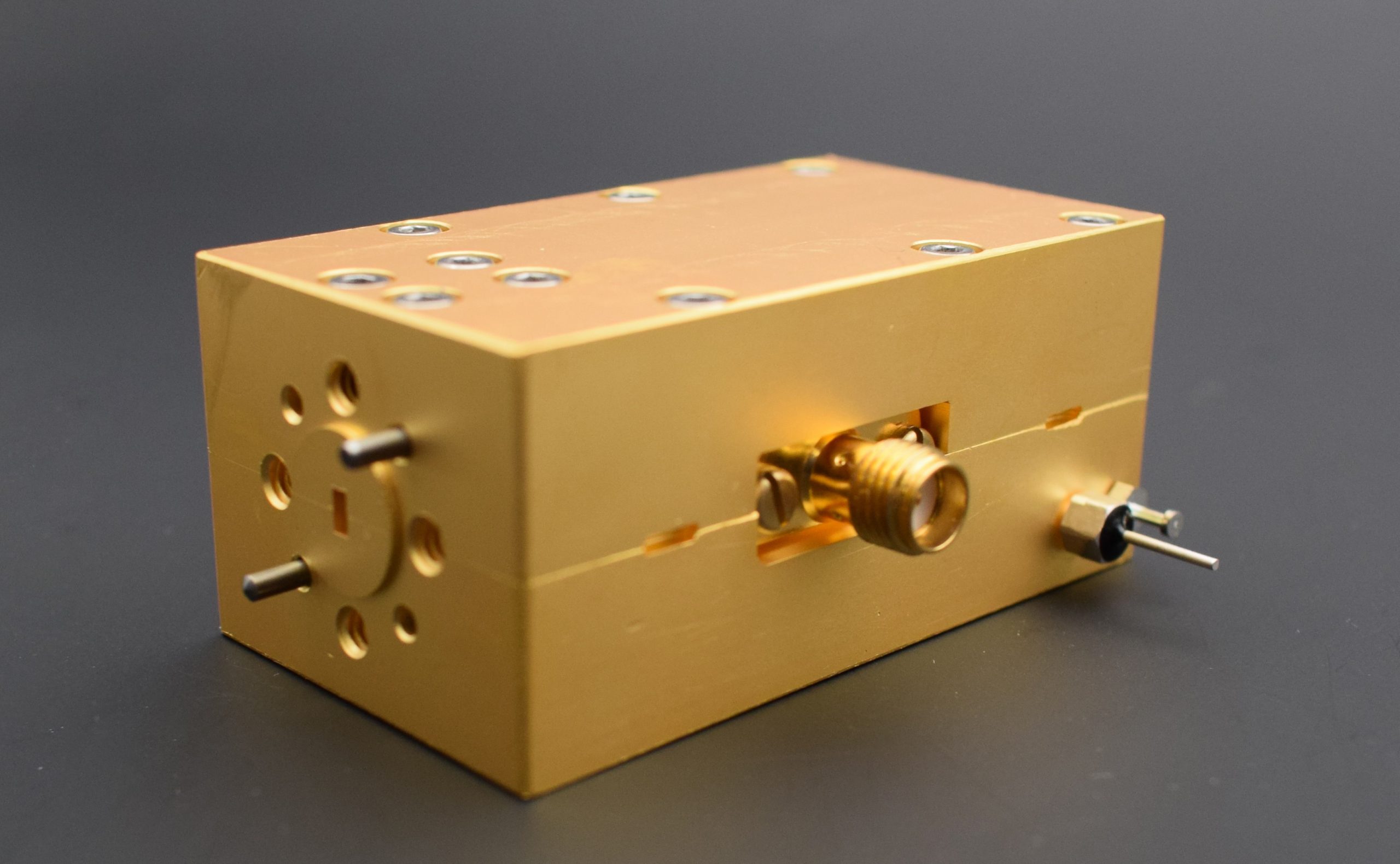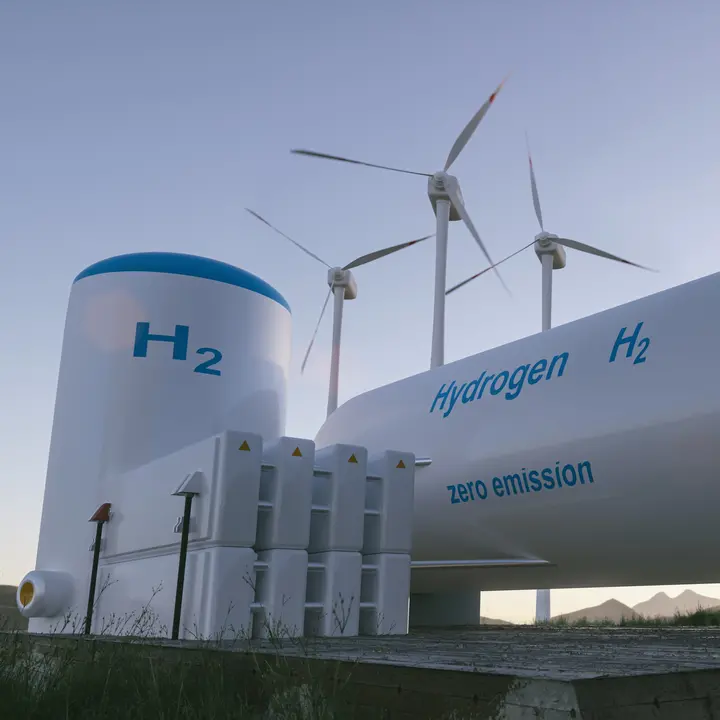ARRALIS Case Study
On the crest of a wave
What problems in what sectors are you solving?
We were established in 2013 in Limerick and since then have been growing our capability in RF (Radio Frequency) technology at millimetre wave frequencies..
Our products are used in both global and space environments where accuracy and reliability are critical. We also operate partnerships building bespoke high-performance solutions.
Over the past five years, our activity has diversified. We started out on millimetre wave MMICs (Monolithic Microwave Integrated Circuits) on high- performance GaAs substrate semiconductors at W- band, and we now also invest heavily at Ka (communication) and E (automotive) bands.
We are now a world leader in W-band technology (94GHz) which enables very high-resolution radar images with applications in areas such as autonomous driving, helicopter landing and satellite communications. Our proprietary technology is used to develop radar and communications platforms, antenna technology and packaged component modules.
Our R&D is also oriented to the growing demand for low-power, lightweight Ka-band technology which can be used in satellite communications, including the delivery of high-speed internet bandwidth anywhere on Earth, which has big implications for broadband access.
How did you use your SME Instrument funding?
Most hydro-kinetic turbines require fast water flows to function, that’s why so many need to be deployed at sea. Our key innovation is that our turbines work at locations with slow water flow, so can be deployed in rivers and estuaries, producing energy where other technologies cannot.
We achieve this through our unique bluff-body, vertical-axis turbine. The floating bluff increases the flow speed to blades either side of it, producing energy up to eight times more efficiently. This design has other advantages too. For instance, it is quick and relatively easy to deploy; and because it’s a floating vessel, it can be unmoored and moved to another location with very little difficulty. The turbine blades can also be raised and lowered making access for maintenance straight- forward. This also means that blades can be repositioned right down to riverbed level to avail of optimum flow speeds. The pitch of the blades also means that fish and debris can be diverted
What is your target market?
We were very R&D-centric and needed to scale the company and improve the manufacturability of some of our products.
We had the technology but needed more capability in that area and in commercialisation. We invested a lot of our H2020 funding in productising and creating a demonstrator of our PSR 94 phase- shifting radar. This product is a market breakthrough for 94GHz radar because there are no mechanical parts; it’s compact and light; it has a wider scanning range and enables very high resolution images. It’s also cheaper to produce compared to conventional scanning antenna.
We’re targeting manufacturers of millimetre-wave radars in the aerospace sector which can be used in unmanned space probes for debris avoidance and also weather and earth observation satellites
but it has potential application in aviation and automotive too. We also needed to build a better sales pipeline, so some of the funding was used for market-awareness activities.
Enterprise Ireland has supported us really heavily in this type of work over the years, especially with the European Space Agency where we have just signed a contract with them worth €2 million.
What is the next significant milestone?
Over the coming 6 – 12-month period, while continuing to develop new products, we want to consolidate and focus on the high-volume manufacture of our expanded W-band product range which enables high-resolution radar images in low-visibility conditions.
These have many applications across the aerospace sector in both the commercial and defence radar industries, as well as the communications sector for high-speed data transmission. We will continue to develop our automotive radar system at E-band delivering our first customer prototypes in Q2 2019. US expansion is expected in mid-2019 with the set- up of a manufacturing base there.
We currently have a team of 15 in Ireland and another 15 around the world. As we continue to scale, and add more focus to commercialisation, I expect to grow the team to 80 within 2 to 3 years.
What size is the market you are aiming for? Figures from 2014 tell us that globally, the security radar business was worth $14bn and by 2020 should be worth another $2bn; while the global automotive radar market size was estimated to be valued at $3bn in 2017 growing at a compound annual growth rate of 21 percent.





